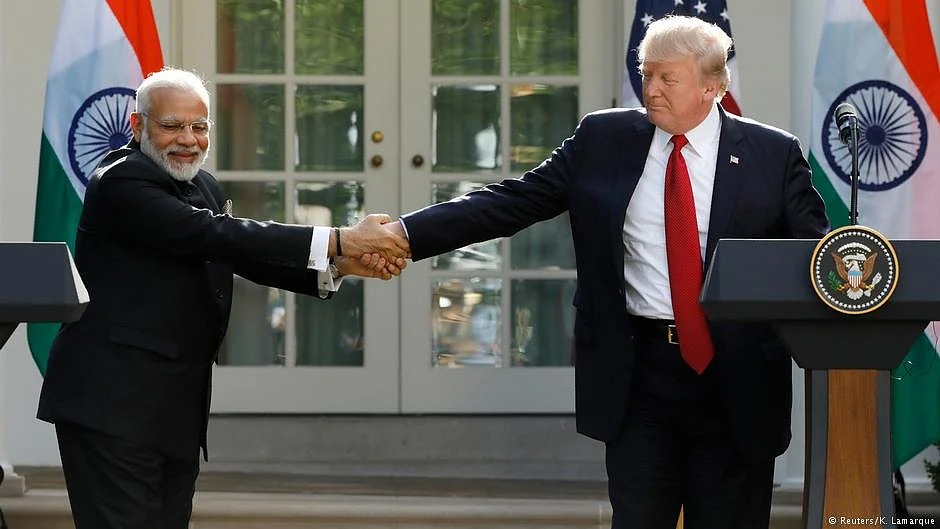
President Donald Trump’s latest round of reciprocal tariffs has officially gone into effect, marking a major escalation in his efforts to redefine global trade. The measures raise tariffs on imports from more than 100 countries, with rates on Chinese goods now as high as 104%, alongside new levies on nations with trade surpluses with the U.S.
Most trading partners are now facing a 10% baseline tariff. Asian countries are among the hardest hit—Vietnam faces a 46% tariff, while Cambodia’s rate has reached 49%. European Union exports will be taxed at 20%, and Indian goods will face a 26% charge.
Market Volatility and Investor Reactions
Markets responded sharply to the announcement. The Nasdaq index dropped 13% in just four days, and 30-year U.S. Treasury yields spiked to 4.98%. Asian equities declined for a fourth day, reflecting investor concern over the economic fallout of escalating trade tensions.
Tariffs Target China with Layers of Duties
China remains the primary focus of the new tariff structure. The total levy includes:
A 20% tariff tied to fentanyl-related trade concerns.
A 34% "reciprocal" tariff based on the bilateral trade gap.
An additional 50% tariff implemented after China threatened retaliatory action.
Despite these measures, China has not yet officially responded, though officials have vowed to fight any trade pressure and pledged to use policy tools to minimize the damage.
Global Diplomatic Scramble
Countries impacted by the tariffs are engaging in urgent diplomacy. Vietnam and South Korea sent senior representatives to Washington in an effort to renegotiate terms. President Trump said South Korea’s interim leader discussed trade imbalances, shipbuilding, LNG purchases, and military cooperation with him directly.
Japan and the European Union are also pushing for alternative agreements. However, Trump dismissed the EU’s offer to cut tariffs on industrial goods, demanding more substantial reforms.
Economic Risks and Domestic Concerns
Wall Street executives and some Republican lawmakers expressed concern over the potential fallout. JPMorgan CEO Jamie Dimon urged a swift resolution to trade uncertainty, while investor Bill Ackman, a Trump supporter, called for a delay in imposing duties.
Senator Thom Tillis voiced concern about rising consumer costs and market instability. In a hearing, he questioned whether the public would see any benefits from the tariffs within a year.
New Sector Tariffs on the Horizon
The White House is planning further tariff announcements, including levies on pharmaceutical drugs, lumber, and semiconductor chips. Small parcel imports from China and Hong Kong, previously exempt, will also be targeted.
White House officials maintain that these actions are designed to revive U.S. manufacturing and strengthen global trade leverage. Trade adviser Peter Navarro denied that the tariffs were merely a negotiation tactic.
Political Implications
Trump believes the aggressive trade stance will energize his political base ahead of midterm elections. Speaking to party members and donors, he predicted a “tremendous, thundering landslide” victory in the upcoming vote.
Read More: Putin Assures Modi of Continued Oil Supply Defying US Pressure on Energy Trade

 Share
Share



